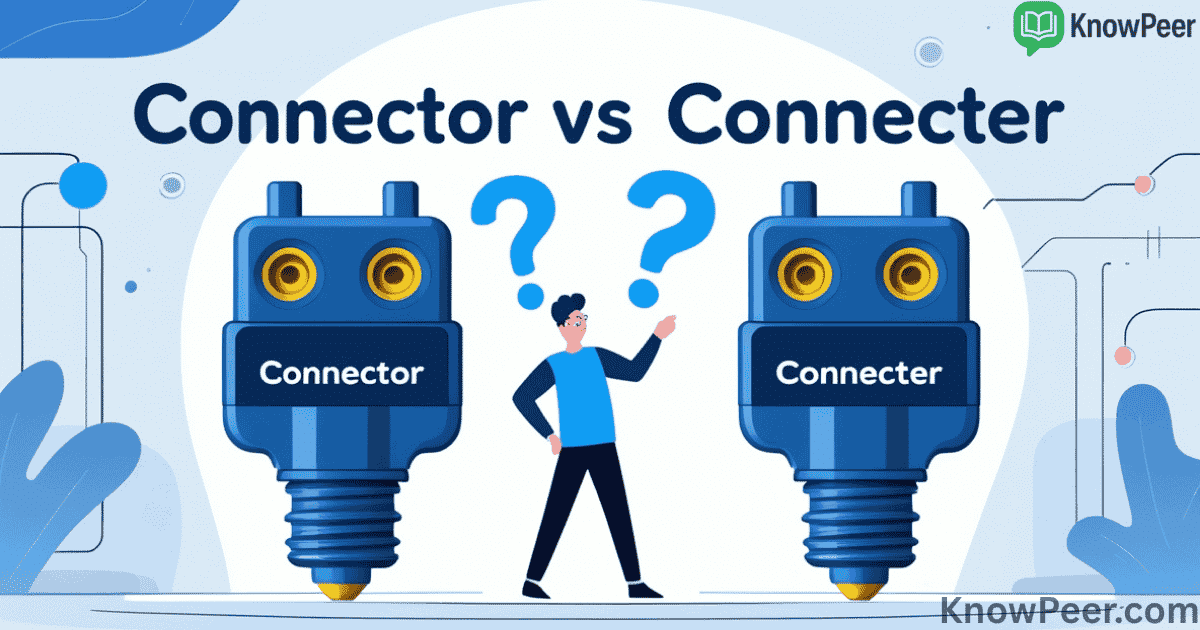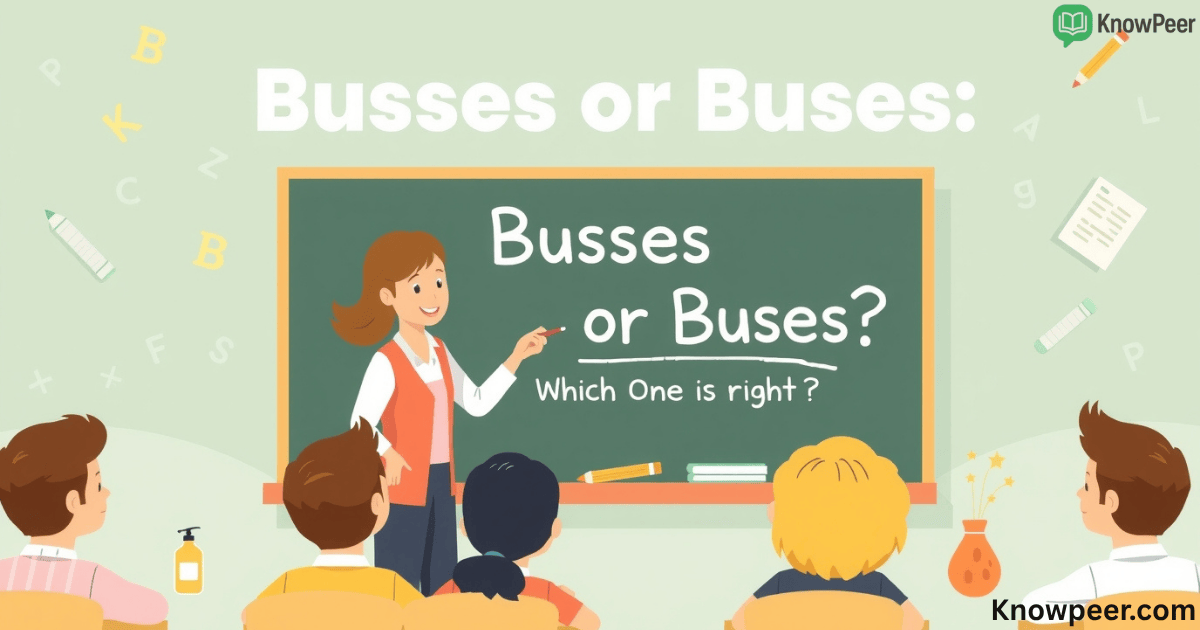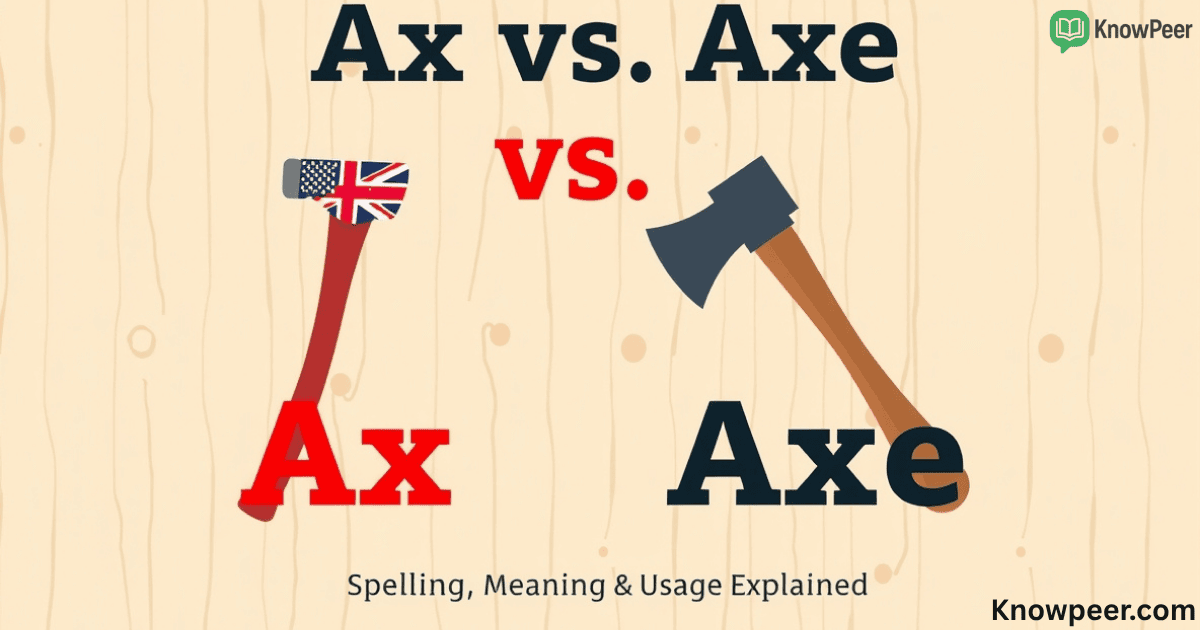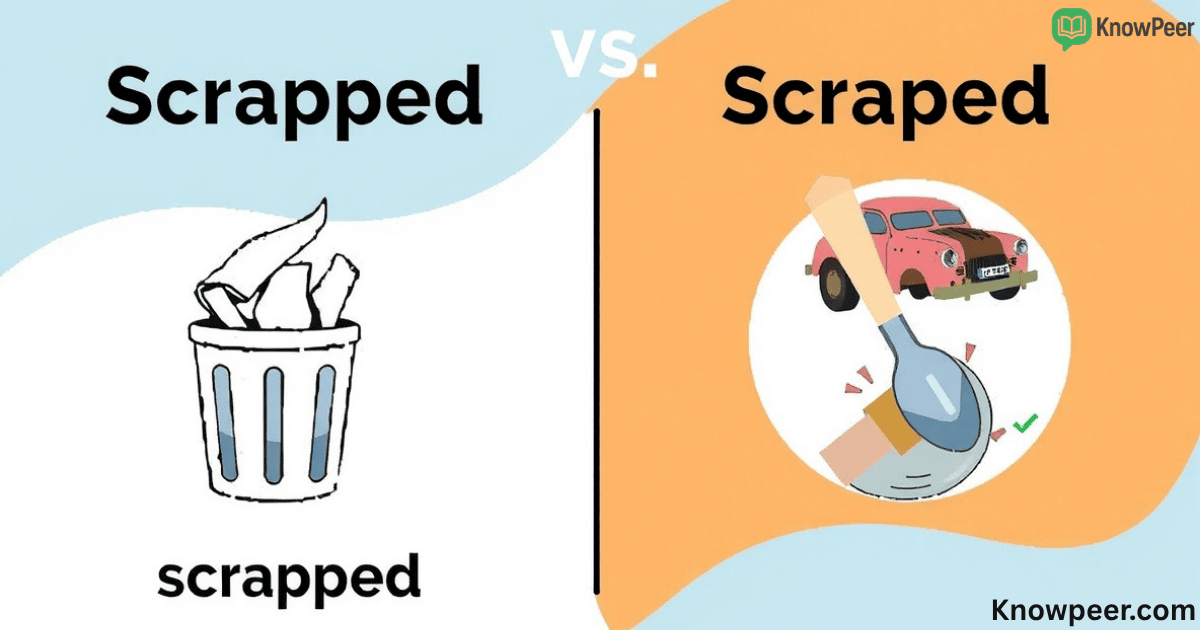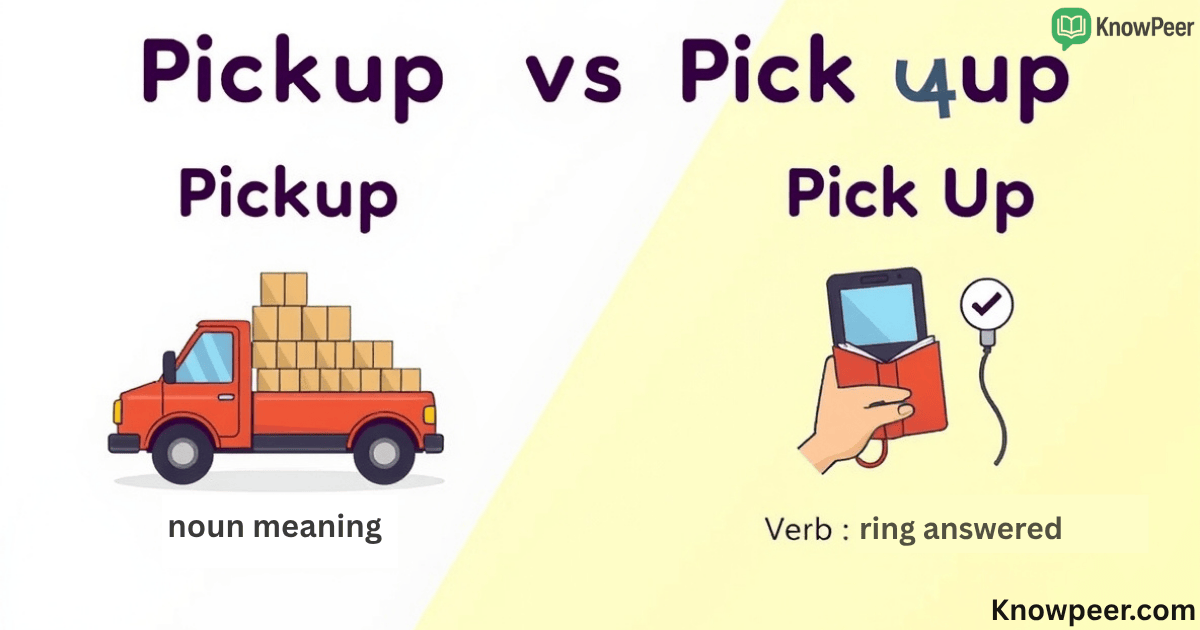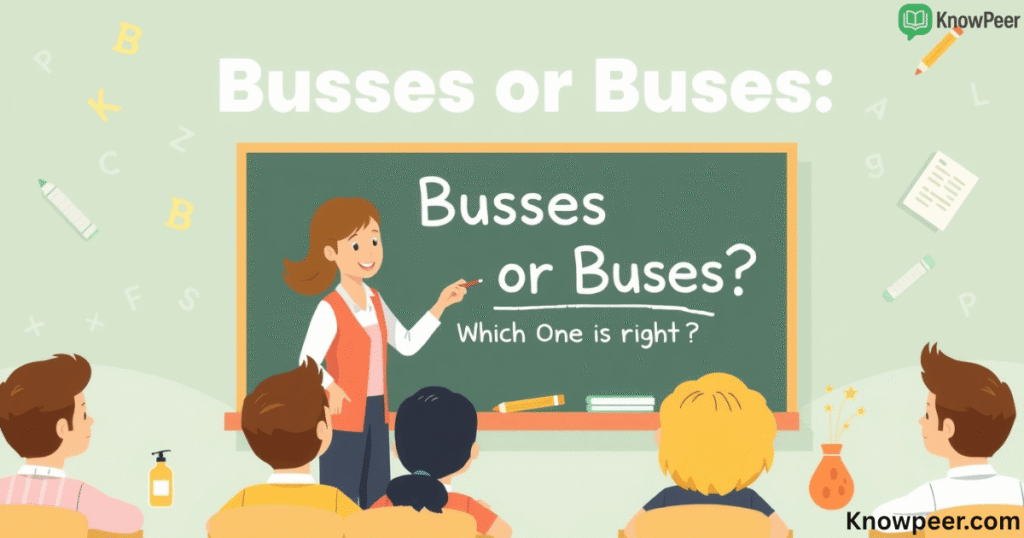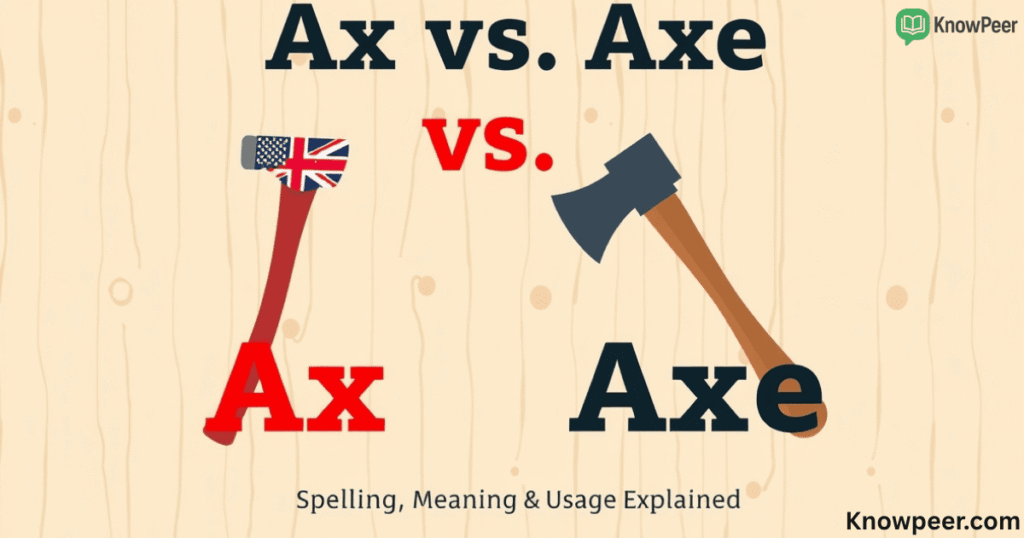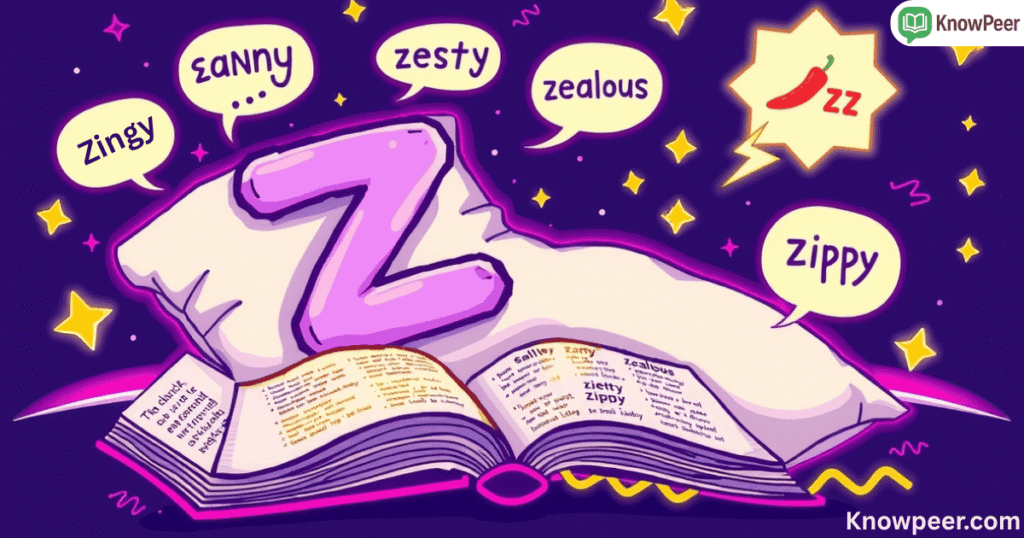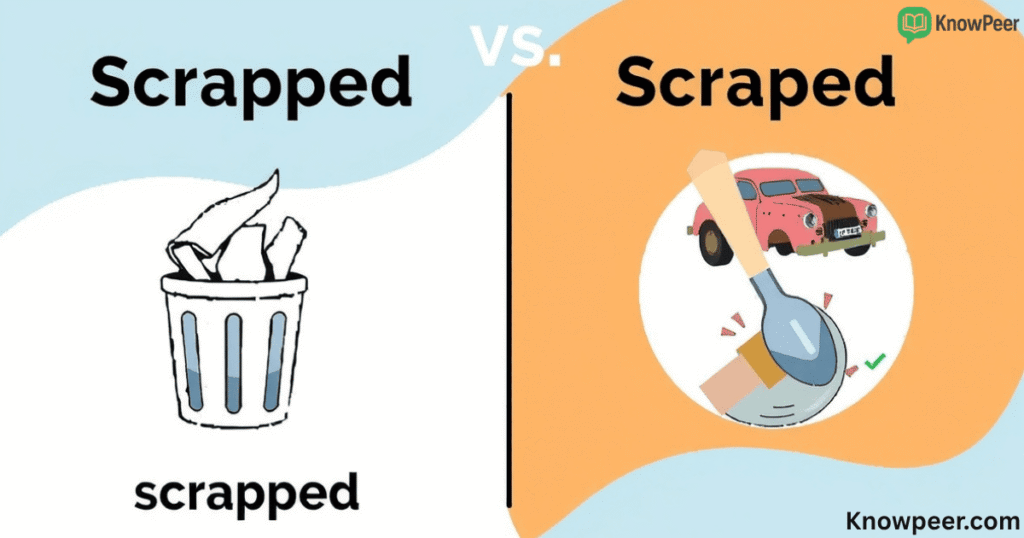When you’re writing or speaking in English, small spelling differences can make a big impact. One such case is the confusion between “connector” or “connecter.” You may have seen both forms used in different places, especially in technical fields like electronics or networking. But which one is truly correct? And why do some still use the other spelling?
In this guide, we’ll explore the full story. From the origin of each word to how major style guides and dictionaries treat them, you’ll get clear answers. We’ll also look at real-world examples, global usage trends, and the impact correct spelling can have on professional credibility, SEO, and even technical documentation.
Connector vs Connecter: What Do They Actually Mean?
Both words come from the verb “connect,” which means to join or link things together. So, a “connector” or “connecter” refers to something that does the joining—this could be a wire, a cable end, or even a person who links ideas or people.
Grammatically, both “-or” and “-er” endings can form nouns from verbs. For example, “actor” and “runner” are both correct forms from “act” and “run.” But in modern English, especially American English, “-or” is usually used when the noun refers to a device or thing. That’s why “connector” is more common in technical language, while “connecter” has almost disappeared. Still, both technically mean the same, though connector is the correct and accepted standard today.
Spelling Breakdown: Which One is Correct and Why
When we look at style guides like The Chicago Manual of Style or AP Stylebook, they all recognize “connector” as the correct and preferred form. The same goes for leading dictionaries like Oxford English Dictionary, Merriam-Webster, and Cambridge Dictionary, all of which list “connector” as the standard.
In fact, a look into Google Ngram Viewer, which scans books across centuries, shows a major difference. “Connector” appears in over 98% of modern publications, while “connecter” is almost extinct. So although both are understandable, only one is accepted in modern writing. And that’s connector. If you’re writing a resume, academic paper, blog post, or technical manual, using the wrong spelling can seem unprofessional and even hurt your visibility online.
Etymology and Historical Development
The root verb “connect” comes from the Latin word “connectere,” meaning to bind or link together. The suffix “-or” also comes from Latin and was historically used to form agent nouns—words that describe something or someone that performs an action.
The first appearance of “connector” in English dates back to the 1800s in engineering literature. Back then, it described tools or parts that join things physically—especially in the world of machinery and circuits. “Connecter” did appear in some older texts, often as a variant, but never became dominant.
Here’s a short timeline:
| Year | Term Found | Usage Frequency |
| 1820s | Connector | Rare |
| 1900s | Connector | Rising use |
| 1950s | Connecter | Short-lived use |
| 2000–Now | Connector | Standard |
The growth of the digital and tech industries pushed “connector” even more into standard usage. As the world became more wired, the word grew stronger.
Why “Connector” Dominates Today
One key reason why “connector” is preferred is because it’s used by major tech companies, engineering bodies, and academic institutions. For example, manuals from Intel, Apple, and Microsoft consistently use “connector.” In international IEEE technical documents, “connector” is the only accepted term.
Style guides back this up. The Oxford Manual of Style explains that “-or” is often the proper suffix for nouns naming tools or devices. The Associated Press (AP) also uses “connector” in all official documents. This standard use reduces confusion and ensures your work stays consistent and professional.
Even in casual use, most people recognize “connector” because of devices like USB connectors, audio connectors, and power connectors. These are all over product packaging, websites, and tech blogs. So, over time, the spelling became part of everyday tech language.
Is “Connecter” Still Used? Yes, But Rarely
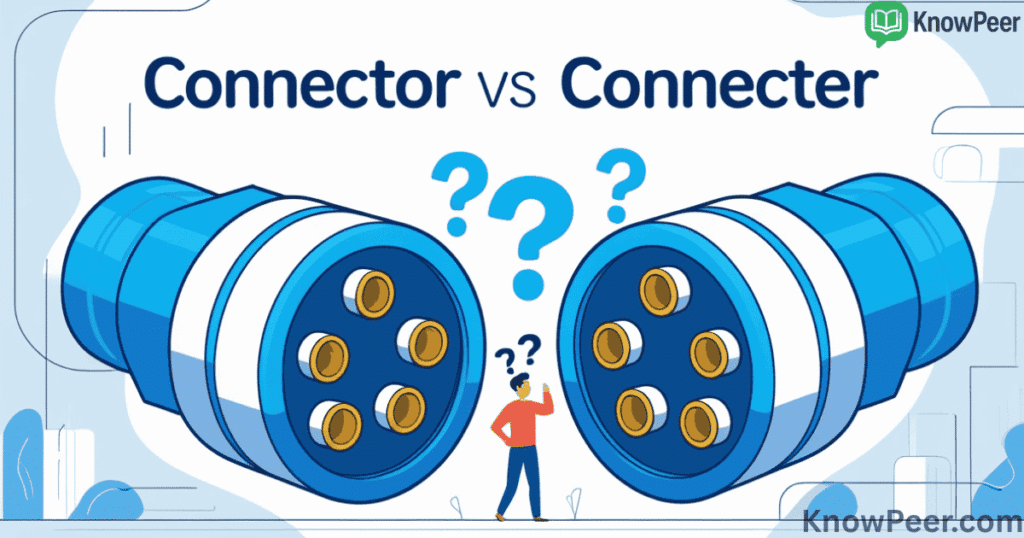
While connecter isn’t technically wrong, it’s hardly ever seen in modern writing. Most people use connector without even thinking about the other form. That’s because “connector” is the version recognized by leading dictionaries and used in almost all industries—especially in technical fields like electronics, software, and engineering. The correct spelling of connector has become the standard, and you’ll see it in instruction manuals, product descriptions, and official documentation.
That said, you might still come across the word connecter from time to time. It’s not completely extinct. In older books, international documents, or casual writing from regions like Canada, Australia, or South Africa, the “-er” version can occasionally appear. In some rare cases, it might be a typo or simply a writer using a non-standard form without realizing it. You may also see it in auto-generated translations or outdated content that hasn’t been updated to modern language standards.
So, is connecter spelling still valid? Technically, yes—but in real-world writing, especially if you’re aiming for professional communication, technical accuracy, or SEO clarity, “connector” is the only spelling you should rely on. If you use “connecter” in a resume, blog post, or product label, it could appear careless or unpolished. It’s safer—and smarter—to follow the version used by style guides, major technical documentation, and trusted language resources worldwide.
Technical Contexts Where “Connector” Rules
In the real world, “connector” is the standard term used in many technical fields. In electrical engineering, connectors are crucial parts of any system, from household appliances to satellites. These include items like coaxial cable connectors, terminal blocks, and pin headers.
In computer networking, connectors refer to parts like RJ45 plugs, HDMI ports, and USB-C ends. These are found in everyday devices like laptops, routers, and game consoles. The spelling connector is used in every datasheet, user manual, and technical guide related to them.
Even in linguistics and social sciences, a “connector” can mean a word or phrase that joins ideas—like “however,” “in addition,” or “for example.” You’ll never see “connecter” used in this context in any formal study or textbook.
Real-World Usage Examples Across Industries
To see the difference more clearly, here’s a comparison of how the word “connector” is used in various fields:
| Industry | Common Terms with “Connector” | Used Variant |
| Electrical Engineering | Power connector, Plug connector | Connector |
| Computer Networking | USB connector, Ethernet connector | Connector |
| Audio Equipment | XLR connector, RCA connector | Connector |
| Social Science | Conceptual connector, Thought connector | Connector |
| Publishing/Books | Word connector, Text connector | Connector |
In each of these, you’ll notice that “connecter” simply doesn’t show up. That’s because real-world usage reflects what’s officially accepted. And in every case, that’s “connector.”
Common Confusions and Similar Word Pairs
This issue isn’t unique to connector vs connecter. English is full of word pairs where both forms existed at some point but only one survived. Here are a few examples:
| Word Pair | Correct Modern Usage | Outdated Form |
| Adviser / Advisor | Adviser (UK), Advisor (US) | Both accepted |
| Actor / Acter | Actor | Acter |
| Conveyor / Conveyer | Conveyor | Conveyer |
| Connector / Connecter | Connector | Connecter |
The SEO and Professional Impact of Using the Right Spelling
In the digital world, correct spelling isn’t just about looking smart. It affects how your content ranks on Google, how users see your expertise, and whether your writing feels trustworthy. If you use “connecter” instead of “connector,” search engines might not link your post with popular search queries. That can cost you traffic.
Search for “connecter” on Google and you’ll notice that most results either correct it automatically or return limited results. “Connector,” on the other hand, brings thousands of authoritative, well-ranked pages.
Non-English Equivalents and Global Naming Standards
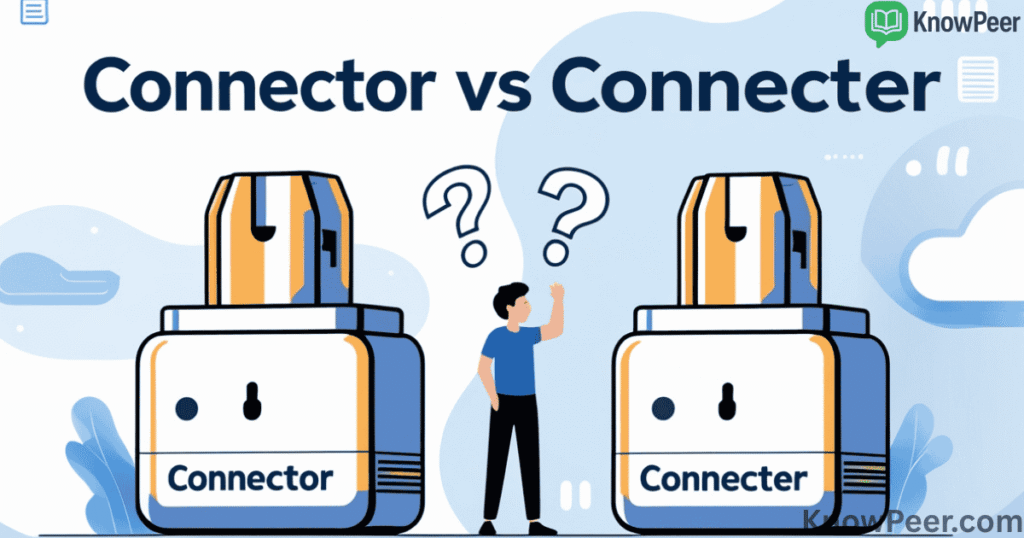
Globally, the word for “connector” changes in spelling but not in meaning. Here are translations in some popular languages:
| Language | Word for Connector | Notes |
| Spanish | Conector | Matches English form |
| French | Connecteur | Close to “connector” |
| German | Verbinder / Stecker | Technical variations exist |
| Hindi | कनेक्टर (Kanekṭar) | Phonetic adaptation |
In international ISO standards, the English term “connector” is used without variation. If you’re working with global clients, using the right English form will help avoid confusion in translated documents or multilingual manuals.
How to Always Remember the Correct Spelling
An easy way to remember the right form is to connect it with similar words. Ask yourself: would you ever write “computor” instead of “computer”? No. Same logic applies here. “Connector” sounds and looks right because it is.
Here’s a quick rule of thumb:
If the word refers to a device or tool, chances are it ends in “-or.”
You can also use this short table for reference:
| Verb | Correct Noun Form | Incorrect Variant |
| Act | Actor | Acter |
| Direct | Director | Directer |
| Connect | Connector | Connecter |
Conclusion
In nearly every case, “connector” is the correct and preferred spelling. Whether you’re working in tech, engineering, language, or even creative writing, it’s the standard. The only time you might see “connecter” used is in outdated texts, translations, or region-specific documents, and even then, it’s rare.
Stick with connector to keep your writing clean, professional, and widely understood. It not only improves how others see your work but also boosts your visibility online, especially in technical and academic spaces.

